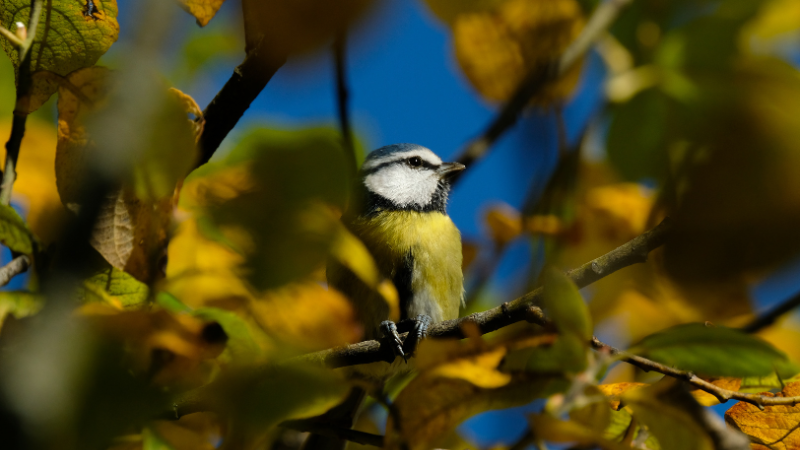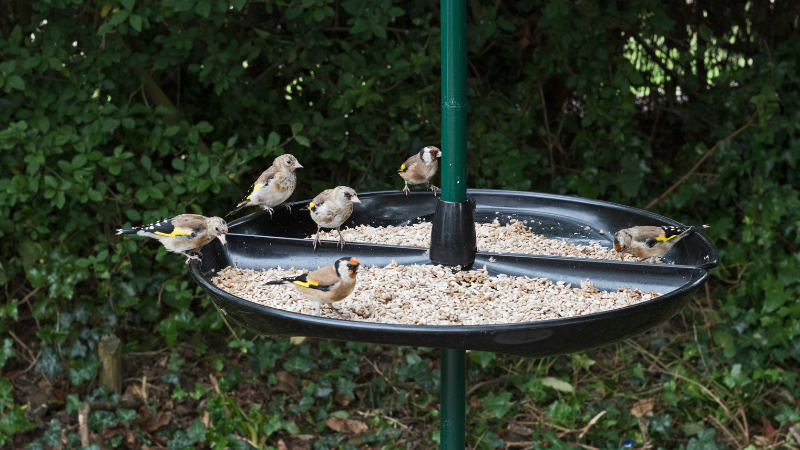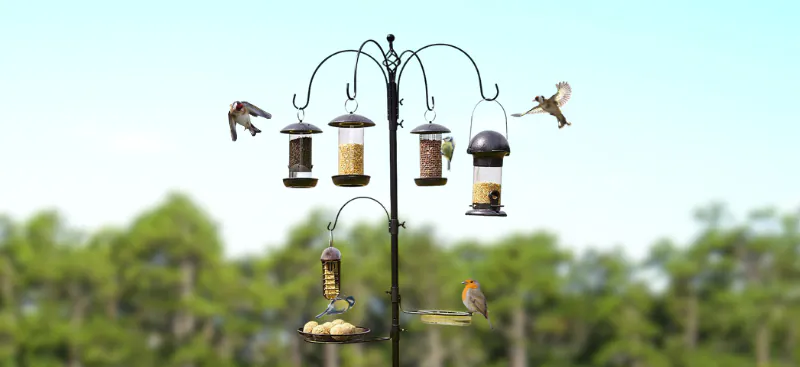How to Build the ULTIMATE Bird Feeding Station
Bird feeding stations can be a delightful addition to any garden, providing a haven for our feathered friends while offering us the joy of observing their vibrant colours and charming behaviours up close. However, choosing the right location for your station is crucial to attracting a diverse range of bird species and ensuring their safety and well-being. In this blog post, we'll guide you through the critical considerations for finding the perfect spot in your garden to set up a bird feeding station.
1. Choose the right location
One of the primary factors for a successful bird feeding station is placing it in the right location. Birds prefer a quiet and peaceful feeding environment. Avoid placing the feeding station in a high-traffic area where there's a lot of human activity or noise. Choose a spot where you can easily observe the birds from a comfortable vantage point, such as a window or a cosy outdoor seating area. This allows you to enjoy their presence without disturbing them.
2. Offer an escape route
Birds appreciate safety and cover, especially when they're feeding. Ideally, position your feeding station near tall shrubs, trees, or natural vegetation where birds can quickly retreat in case of danger. This not only provides a sense of security for the birds but also encourages a greater variety of species to visit your garden.

3. Use a strong bird feeding station pole
A durable post or pole serves as the backbone of your feeding station. It should be tall enough to discourage predators and stable enough to withstand various weather conditions. This Bird Feeding Pole comes with a Bird Feeder Adaptor, allowing you to attach popular feeder brands to the top, including Ring-Pull, Flo, BigEasy. The adaptor is removable, allowing a swift and effortless way to take off the bird feeder for refilling and cleaning.
4. Install the bird feeding pole securely
Dig a hole deep enough to secure the bird feeding pole firmly in the ground. If you want extra stability to avoid the poll falling, use a Ground Socket, which provides secure and reliable mounting and easy removal of the pole when mowing the lawn.
5. Attach a squirrel baffle
Birds won't be the only ones attracted to your feeding station. Squirrels will also try and take advantage of the buffet, and they tend to hog all the food and scare birds away. A squirrel baffle provides a humane way to prevent squirrels from getting all the food. Place the baffle over the post or pole, positioning it just below where you plan to hang the feeders. Make sure it's secure and can't be easily moved.
6. Install a seed catcher tray
To prevent any mess from accumulating under the bird feeding station from fallen food, seeds and husks, attach a seed catcher tray to the pole. This large tray will not only help keep your area clean but also provide a comfortable platform for ground-feeding birds, who will eat up the fallen food.

7. Add more hooks to your bird feeding station
Wraparound Hooks allow you to hang multiple feeders to the pole at different heights so your bird feeders won't overlap, allowing birds their own designated space for eating.
8. Attach different styles of bird feeders
Birds have different feeding habits and preferences. Incorporating a range of bird feeder styles can cater to a diverse array of species. Consider feeders with and without perches, suet feeders, and niger feeders.
9. Offer a variety of high-quality bird food
Just as birds have different preferences for feeder types, they also have diverse dietary needs. Providing an assortment of bird foods ensures that you attract a wide variety of species. Opt for high-quality seeds, suet, peanuts and mixes that are free from filler ingredients.
By taking these considerations into account, you can create an inviting and safe haven for a diverse range of bird species in your garden. Remember, patience is key. It may take some time for the birds to discover and trust the new feeding station, but once they do, you'll be rewarded with hours of delightful birdwatching right in your own garden. Happy bird feeding!

